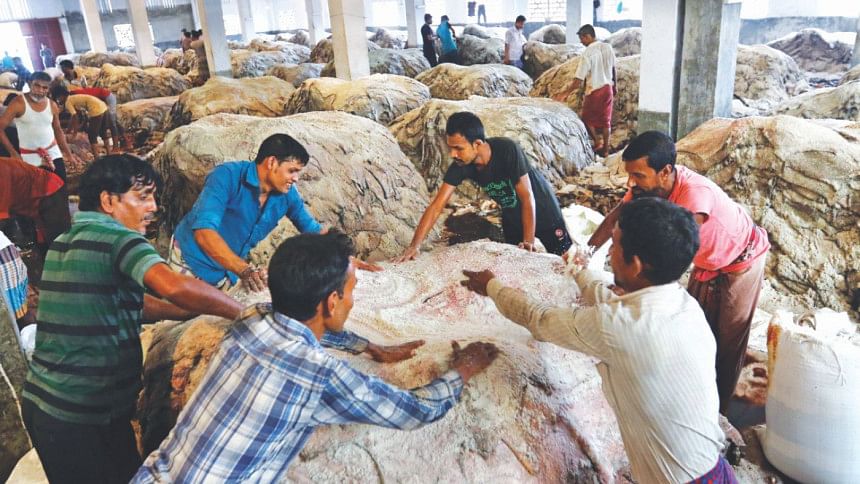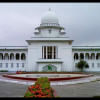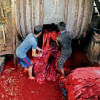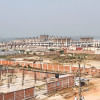Flow of hides to Savar yet to gain pace

The newly constructed Savar leather estate, where tanners relocated from their age-old Hazaribagh industrial hub in April, is witnessing for the first time the annual arrival of a steady stream of trucks carrying rawhides of animals sacrificed during Eid-ul-Azha.
Truck arrival numbers are low although four days have passed since Eid, the estate Deputy Manager Moin Uddin told The Daily Star over the phone yesterday, reasoning that tanners were yet to start purchasing rawhides in full swing from merchants.
Transporting rawhides will not be difficult as favourable weather conditions are prevailing, he said.
Persistent rains and flood in 31 districts prior to Eid prompted tanners to apprehend that the condition of roads and highways would worsen, disrupting transportation and subsequently leading to a drop in quality of 30 percent of the rawhides.
The road from Hemayetpur leading to the estate is still in good condition as repairs have been carried out in some spots and as rainwater has drained out, said Moin Uddin.
Bangladesh Tanners Association Chairman Shaheen Ahamed on Monday said they would from next week start buying rawhides cured with salt in warehouses.
Tanners say proper application of salt maintains the quality of untanned leather for as long as two months.
Mohammad Ali, a merchant in the country's largest rawhide market in the capital's Posta, said, “We have already bought rawhides from seasonal traders. We have also applied salt...We are waiting to sell the rawhides to the tanners.”
He, however, expressed annoyance at, what he said, a tendency of tanners to delay in making payments, at times even by a couple of years.
Had the practice of tanners providing funds to rawhide merchants been maintained on a large scale, people sacrificing the animals could have sold the skins in the local markets at higher prices, he added.
The prices dropped by over 30 percent compared to that of last Eid, which traders say resulted from the lack of funding by tanners, near non-operation of tanneries and salt becoming costlier.
A medium-sized cow hide fetched Tk 600 to Tk 800 whereas last Eid it sold for Tk 1,200 to Tk 1,300, said rawhide merchants.
This Eid, the price per square foot of cow rawhide was fixed at Tk 50-55 in Dhaka and Tk 40-45 outside. For that of he-goat, it was Tk 40-45 and for she-goat Tk 15-17.
Moreover, the merchants said to have bought 20 percent less rawhides, mostly due to financial constraints and floods, while about 5 percent of rawhides turned bad for not being treated with salt on time.
This year, 44.57 lakh cows and buffaloes and 71 lakh goats and sheep were expected to be sacrificed, according to commerce ministry data. Traders say the figures ended up being around 20 percent less.
Though Hazaribagh no longer houses the tanneries, some of the rawhides still got transported to the area for salting.
The industries ministry recently claimed that 67 of the 155 tanneries have started full-fledged operations at the Savar estate. Tanners say only 20 were up and running.
Most could not start operations either for the absence of gas connections or for their structures not being completely set up.
Leather and leather goods are the second highest export earning sector after apparel. It raked in $1.23 billion last fiscal year, up 6.29 percent year-on-year, according to data from Bangladesh Export Promotion Bureau.

 For all latest news, follow The Daily Star's Google News channel.
For all latest news, follow The Daily Star's Google News channel. 








Comments